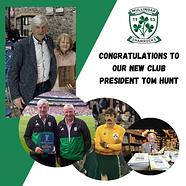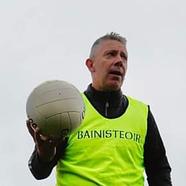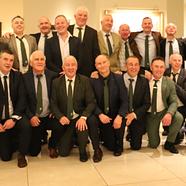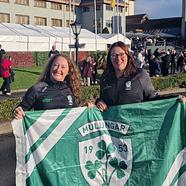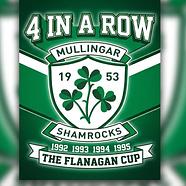Money makes the GAA world go around
In a week where activity on the field of play grew to a halt it might be an appropriate time to take a brief look at the GAA and its money or more specifically how it earns it and then spends it.
In 2017 the GAA had a total income of €65.4 million. Gates receipts of €34.4m accounted for the bulk of this income; €16.4m of this was earned from the football championship and €10.7m from the hurling championship. This represented an increase of almost €4m in championship revenue from 2016; more and more people are going to matches. with an extra 180,000 people attending championship matches (these matches are those organised outside the provincial championships). The National Leagues earned €5.4m and all of this was redistributed to the competing counties. It is interesting to note that 358 matches were played under the Central Council banner and of these only 43 returned a profit (26 in the football championship, 7 in the hurling championship and 5 each in the minor and under-21 championship as well as 5 in the club championship).
Commercial revenue amounted to €18.4m which suggests that the GAA isn’t the commercial juggernaut some commentators suggest State funding of €4.44m was obtained and other income of €8.8m was secured of which €7.5m of this was earned from activities staged at Croke Park Stadium Ltd.
The cost of staging games amounted to €12.5m; of the remainder €14.8m was redistributed to the affiliated counties and provinces in a variety of ways including royalties on merchandising, travelling expenses, additional cost of travelling expenses arising from GPA agreement etc (Westmeath received €405,000 of this; Dublin €2.06m and Cork €2.42m). An additional €10.3m was invested in games development; this includes funding a network of 200 fulltime and part-time coaches nationally (€6m was invested in coaching in 2017). Player welfare expenditure amounted to €6.4m (GPA in other words). Operating costs for the year amounted to €10.6m of which €4.4 was staff salaries, just under €2m was invested in advertising and €1.1m in information technology. The cost of funding various activities amounted to €10m of which €5m was invested in developing county and club grounds and training centres.
So, there it is for anyone who might be the slightest bit interested and remember this does not take into account the revenue activities of the provincial councils (Leinster Council had an income of €9.9m in 2017).



